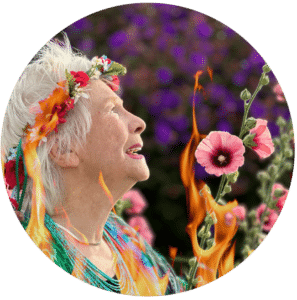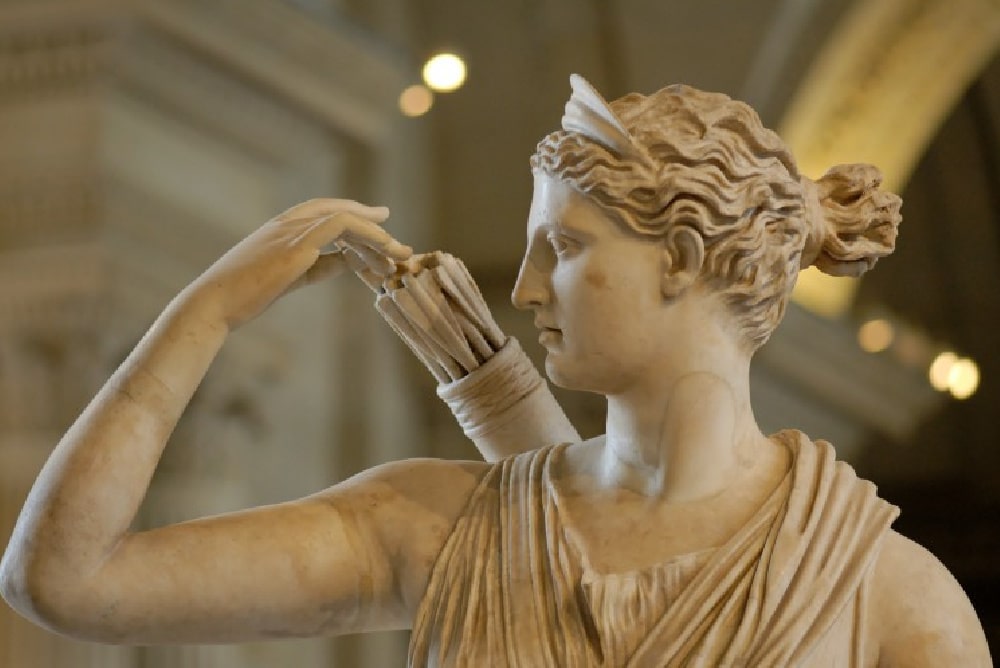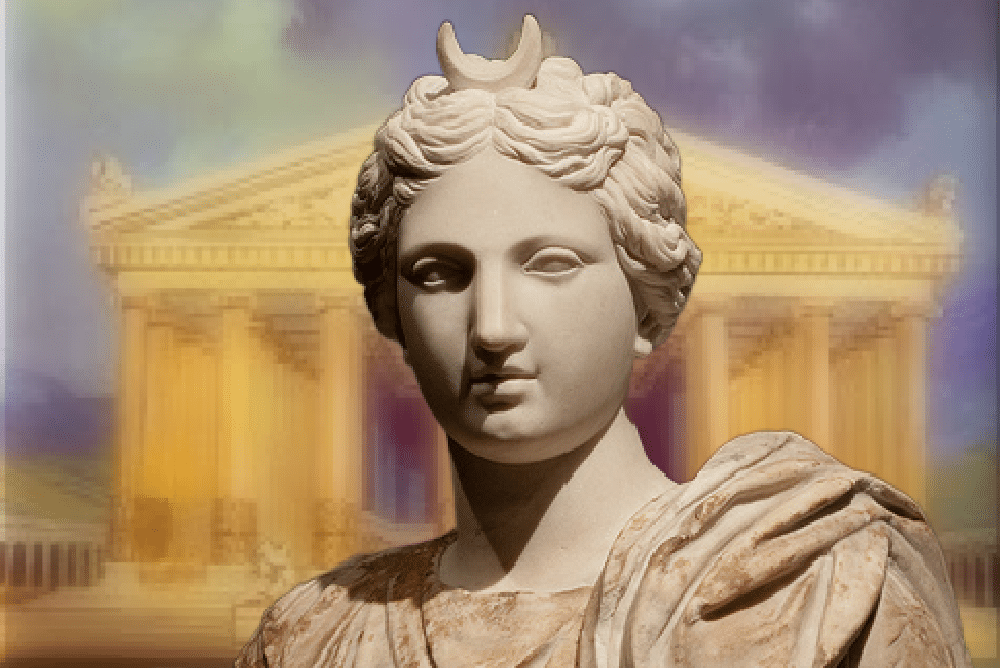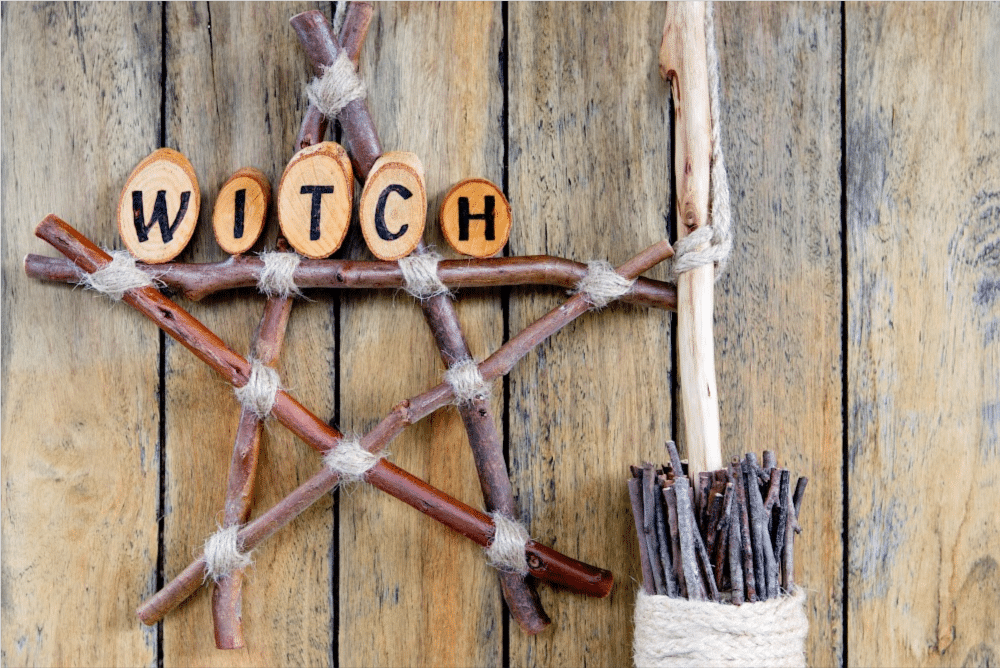Have you ever felt the call of the Goddess? A spiritual path that honors the sacred feminine, empowers women, and reconnects us to ancient wisdom? If so, you may be drawn to Dianic Witchcraft, a tradition that places the Goddess at the center of all things and celebrates women’s spiritual sovereignty, connection to nature, and sacred mysteries.
This tradition is more than just spells and rituals; it is about liberation, self-discovery, and a deep, unbreakable bond with the divine feminine. Whether you are new to witchcraft or seeking a path that prioritizes feminine wisdom, this introduction will give you an overview of what Dianic Witchcraft is, where it comes from, and why it continues to be a powerful spiritual movement today.
 What is Dianic Witchcraft?
What is Dianic Witchcraft?
Dianic Witchcraft is a Goddess-centered spiritual tradition that was founded by Zsuzsanna Budapest in the early 1970s. Rooted in feminism, ancient goddess worship, and modern witchcraft, this path is a revival and reclamation of women’s spirituality that has been suppressed for centuries.
At its core, Dianic Witchcraft rejects patriarchal religious structures and instead focuses entirely on the divine feminine. Unlike many other traditions that emphasize balance between male and female deities, Dianic witches see the Goddess as whole unto Herself, a force of creation, destruction, wisdom, and renewal.
Dianic Witchcraft stands apart, rooted in women’s mysteries and the direct worship of the Goddess. It is a path of deep connection to the sacred feminine, where the Goddess is honored in all her aspects.

 Why a Goddess-Centered Tradition?
Why a Goddess-Centered Tradition?
For thousands of years, civilizations around the world honored goddesses as the creators and sustainers of life. The Great Mother was worshipped in temples, caves, and sacred groves, and Her mysteries were passed down through generations of priestesses, healers, and wise women.
Ancient societies such as those in Mesopotamia, Egypt, and Minoan Crete had goddess-centered spiritual traditions. Temples were built in honor of Ishtar, Isis, and Rhea, where priestesses performed sacred rites and guided communities in spiritual practice. These cultures saw the divine feminine as essential to the balance of life, fertility, and wisdom.
Inanna, one of the oldest known goddesses of Sumerian mythology, was revered as the Queen of Heaven. She embodied dual aspects of love and war, creation and destruction, fertility and transformation. Her myths tell of her descent into the underworld, a journey of death, rebirth, and personal sovereignty, themes that resonate deeply with the cycles of the Triple Goddess in Dianic Witchcraft.
Then, over time, patriarchal structures replaced goddess-centered traditions with male-dominated religions, diminishing the role of the feminine divine. Dianic Witchcraft seeks to restore what was lost, bringing back a spiritual path where women’s power, wisdom, and life cycles are central to sacred practice and connection to the divine.
Why does this matter today? For centuries, male-centered religions have been used to justify the oppression of women, stripping them of spiritual authority and disconnecting them from their own divine power. Many spiritual traditions still prioritize male deities, rigid hierarchies, or dual-gendered pantheons, reinforcing structures that diminish the sacred feminine. Dianic Witchcraft offers an alternative, a path where the Goddess is not just an aspect of the divine but the divine Herself, fully embracing women’s spiritual sovereignty and wisdom.
Dianic Witchcraft is more than just a spiritual practice; it is a return to something ancient and deeply rooted in women’s experiences. By honoring the Goddess as the central divine force, this path reconnects practitioners with the cycles of nature, the wisdom of women’s mysteries, and a sense of spiritual sovereignty that has long been suppressed. For many, following this tradition is an act of reclaiming lost traditions and restoring the sacred feminine, bringing balance back to a world that has deliberately erased women’s spiritual power from religious and historical narratives.

 Diana: The Goddess of Witches
Diana: The Goddess of Witches
Dianic Witchcraft is named for Diana, the Roman goddess of the moon, wild nature, and feminine power. She has long been associated with witchcraft, independence, and those who live beyond the confines of societal expectations.
Diana in Myth & Folklore
- She was honored as the queen of witches, a protector of women, and a guide for those who practiced the old ways.
- In Charles Leland’s Aradia: Gospel of the Witches (1899), Diana is described as the Goddess who gifted magic to the oppressed, ensuring that those in need had the power to resist and reclaim their freedom.
- She is both a nurturer and a warrior, embodying the fierce independence and intuitive wisdom that Dianic witches seek to channel in their own lives.
Diana, while central to many Dianic practices, is just one of the many faces of the divine feminine. In Dianic Witchcraft, the Goddess is often honored in Her threefold form, reflecting the natural rhythms of life, death, and rebirth. This deeper understanding of the Goddess is embodied in the Triple Goddess, a sacred archetype that represents the evolving journey of all women and the cyclical nature of existence.
 The Triple Goddess & Women’s Mysteries
The Triple Goddess & Women’s Mysteries
One of the most sacred aspects of Dianic Witchcraft is the reverence for the Triple Goddess, known as the Maiden, Mother, and Crone. These archetypes symbolize the cycles of life, the phases of the moon, and the sacred transformations that shape a woman’s spiritual journey.
The Triple Goddess & Her Phases



Unlike patriarchal traditions that ignore or fear the power of aging and transformation, Dianic Witchcraft embraces every phase of a woman’s life as sacred. By honoring these transitions, Dianic witches reclaim their own spiritual authority and deepen their connection to the Goddess through what is known as the Blood Mysteries.

 Is Dianic Witchcraft Right for You?
Is Dianic Witchcraft Right for You?
Dianic Witchcraft is more than just a spiritual tradition; it is a journey toward self-sovereignty, connection, and honoring the sacred feminine in all its forms. This path calls to those who feel a deep yearning to reconnect with the Goddess and reclaim the wisdom that has been erased or forgotten. It is for those who seek a practice that celebrates the strength, intuition, and transformative power of women’s mysteries.
If you are seeking a spiritual tradition that…





Then this might be the traditions for you.
By walking this path, you step into a lineage of witches, priestesses, and healers who have honored the cycles of life, nature, and magic for millennia. Whether you work with the Maiden’s curiosity, the Mother’s nurturing strength, or the Crone’s wisdom, the Goddess meets you where you are, inviting you to embrace your power.

These hand-selected titles will help deepen your knowledge, expand your practice, and connect you more fully with the divine feminine.
Are you ready to walk the path of the Goddess?




